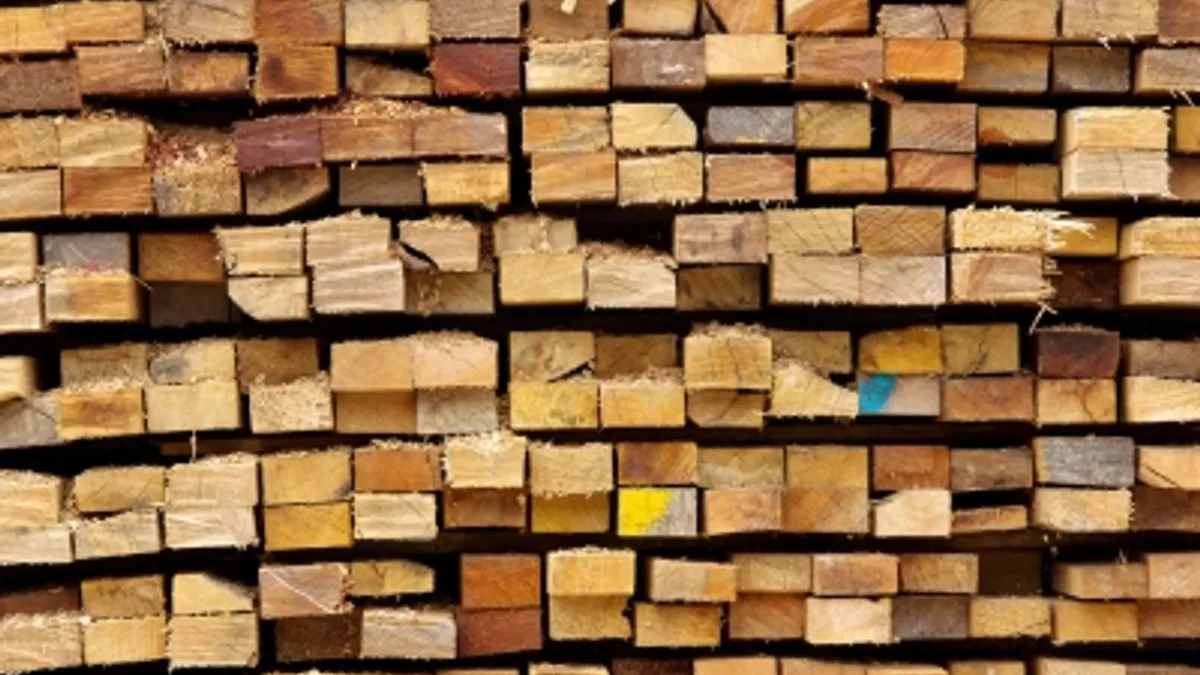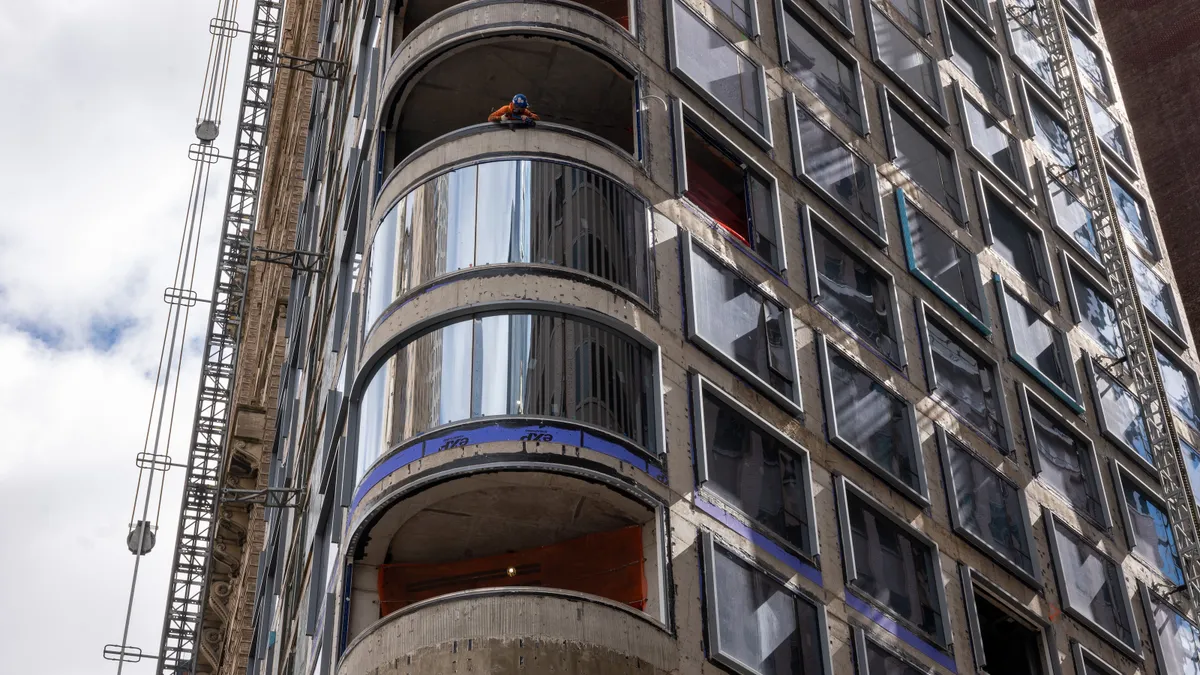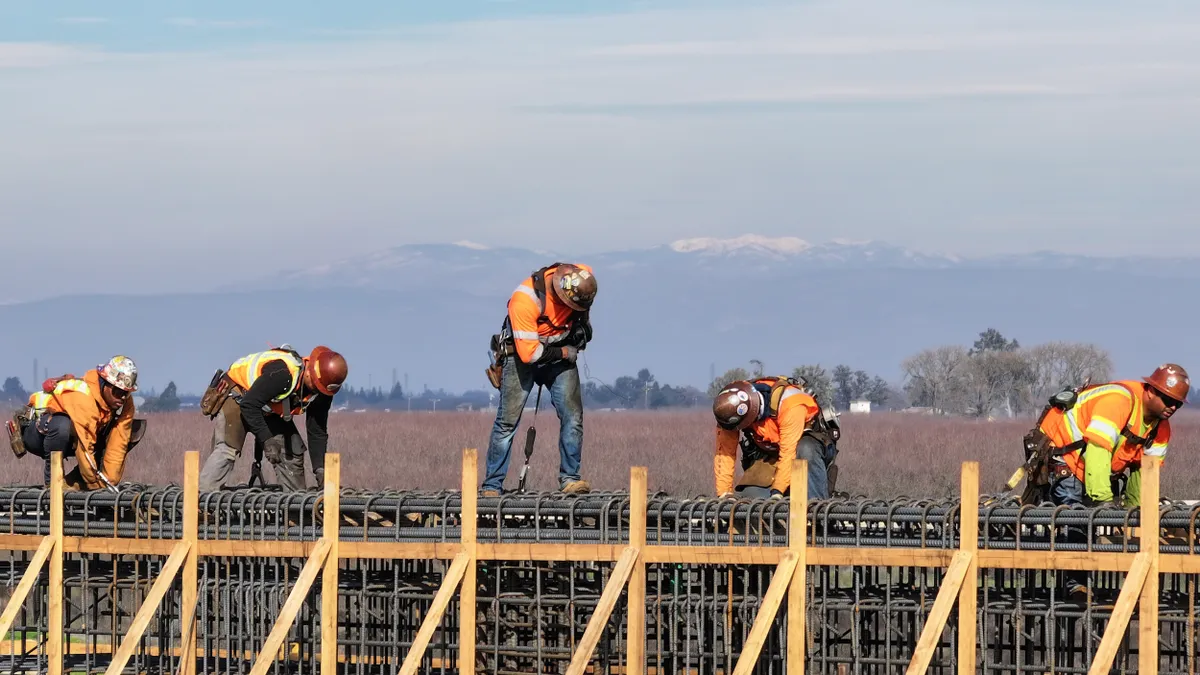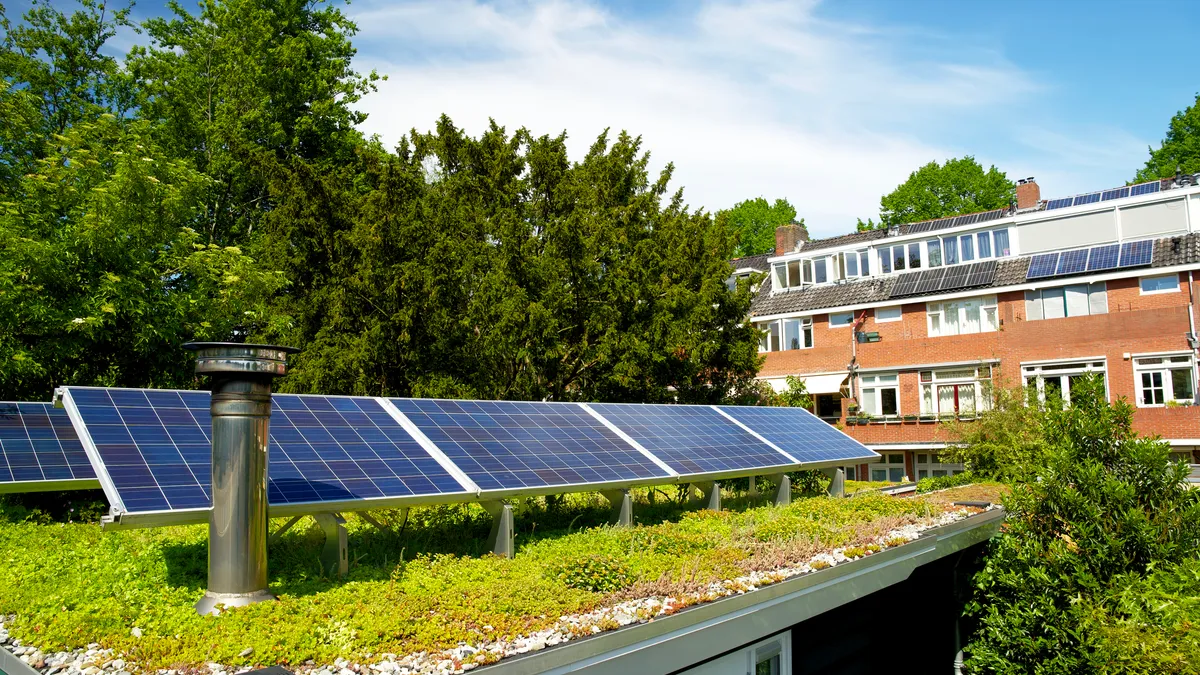Environmental impact is a wide topic that more people and sectors of the economy are paying attention to when making daily living and business decisions. Information on the issue is particularly coming to light in the construction industry, which traditionally is known for its harsh impacts on natural resources and environments.
Numerous eco-friendly building materials have emerged in the marketplace to reduce the environmental impact of building construction and operations. But identifying the world's most eco-friendly building materials can be a bit tricky because different people have different definitions of sustainability.
Some, for example, solely look at whether a material is locally sourced. They seek out "things that are available, that don't have to travel far, that are using local resources and what is easily available in the construction market," Eric Mackres, manager of building sustainability at the World Resources Institute Ross Center for Sustainable Cities, told Smart Cities Dive. "That's one definition of eco. Another one would be around the embodied energy of the materials."
Embodied energy examines both obvious and hidden factors that contribute to a material's sustainability or lack thereof. It is "the sum of all the energy required from extracting a material — like granite or stone or ore out of the ground — all the way until its end of life," Mike Stopka, building and built environments lead at Delta Institute, told Smart Cities Dive.
That includes anything a material requires for growth, production and transportation, including the water and other resources needed to grow natural items as well as the gas consumed during product transportation. "People are starting to think about this more and more," Stopka said.
Sustainable construction also takes into consideration a material's appropriateness for the climate in which it is used. Some materials hold up well in arid, cool environments but degrade in humid, hot areas. Degradation and replacement frequency need to factor into an item’s overall eco-friendliness.
"There’s no material that’s perfect," Stopka said, but some are more sustainable than others. "There are some common characteristics of materials that have low embodied energy," he said, such as being lightweight and locally sourced.
Smart Cities Dive compiled a list of five materials that frequently make experts’ lists of eco-friendly building components.
Bamboo
Sustainability experts nearly universally agree bamboo is one of the best eco-friendly building materials on the planet. Its rate of self-generation is incredibly high, with some species growing up to three feet in 24 hours. Bamboo technically is a perennial grass, not a wood, and it continues spreading and growing without having to be replanted after harvest. It is prevalent around the world and can be found on every continent except Europe and Antarctica.
Bamboo has a high strength-to-weight ratio and exceptional durability — even greater compressive strength than brick or concrete — so it can take a beating without being replaced very often, which is not necessarily the case with other fast-growing, sustainable items such as hemp. That makes bamboo a viable choice for flooring and cabinetry.
Because it is lightweight, bamboo is less energy intensive to transport than many other materials of comparable durability. A drawback is that it requires treatment to resist insects and rot; untreated bamboo has a starch that insects like, and it can swell and crack when it absorbs water.
Cork
Like bamboo, cork is a fast-growing resource. It earns bonus points for its ability to be harvested from a living tree that will continue to grow and reproduce cork, which is a tree bark.
Cork is flexible and resilient, reverting to its original shape after sustaining pressure. Its resilience and resistance to wear make it a common element in floor tiles. Its noise absorption abilities also make it perfect for insulation sheets, and its shock absorption qualities make it well-suited for sub-flooring. If left uncoated, cork is naturally fire resistant and it doesn't release toxic gases when it does burn. This also makes cork a good thermal insulator.
Cork is nearly impermeable so it does not absorb water or rot. Over time however, cork does become more brittle. Cork loses a few sustainability points because it is primarily found in the Mediterranean, and shipping cost ends up being a considerable factor. However, cork also is extremely light so it requires less energy to ship, thus salvaging its embodied energy score.
"There’s no material that’s perfect. There are some common characteristics of materials that have low embodied energy."

Mike Stopka
Building and built environments lead, Delta Institute
Reclaimed or recycled wood and metal
Aluminum and steel are high embodied energy materials due to the energy required to produce them, such as mining the ore, heating and shaping products, and transporting a relatively heavy material. But each time the metal is properly and efficiently reused or recycled into new products, its embodied energy lowers and makes the material more sustainable because "you're not extracting raw aluminum," Stopka said. "If you think of the whole thing like a cycle from the raw extraction to the processing to the installation to the demolition to the disposal, when you get to recycling you basically cut out the whole raw extraction and processing."
Recycled metal is a long-lasting material that does not need frequent replacement. It tends not to burn or warp, making it a viable option for roofing, structural supports and building façades. It's also water and pest resistant.
Reclaimed metals, such as plumbing components, sometimes can be used in their existing forms instead of having to be recycled and manufactured into a new product.
Like recycled metal, reclaiming and reusing wood reduces its embodied energy, which already is lower because of its light weight. Wood does have less strength though, so each piece's integrity should be assessed and chosen for an appropriate project.
Reclaimed wood can be used for a plethora of building purposes, including structural framing, flooring, siding and cabinetry. Density varies by the type of wood and some stand up better over time. However, most wood is susceptible to insects and degradation, reinforcing the need to thoroughly inspect each reclaimed piece.
Precast concrete slabs
This concrete slab is formed at a manufacturer's site and shipped in whole sections to construction sites. The outer layers often envelop a lightweight filler, like foam insulation. Other versions are made entirely of concrete but have large, hollow air spaces, like concrete blocks. Precast concrete slabs commonly are used for walls and building façades because they hold up well to all kinds of weather, but certain types can be used for floors and flat roofs, especially roof decks.
"Concrete is actually pretty good because even though it's heavy, it requires little processing," Stopka said. "Its embodied energy is really decent."
Precast concrete slabs’ sustainability factor is even higher than many traditional poured concrete options because the slabs often take much less energy to produce and assemble. Plus, precasting concrete provides the opportunity to properly cure the material in a controlled environment, instead of potentially exposing it to a variety of unfavorable conditions while curing it at a construction site. Improper curing can lead to cracks and structural faults within the concrete and, in the worst cases, the need to demolish the new concrete and start over.
Concrete serves as an excellent way to control heat within a building, plus it is a highly affordable building material.
Sheep’s wool insulation
Unlike the commonly used fiberglass insulation or polyurethane spray foam, sheep’s wool is all natural. "There's a huge push for alternatives where you can replace something that's synthetic or processed with something that's natural," said Stopka.
The material doesn't degrade nearly as quickly as other natural insulation materials, like straw. And compared with some natural insulators like cotton, sheep’s wool is more prevalent, regenerates faster and can be harvested more easily.
One drawback is that sheep's wool isn't always the most affordable insulator. The material is "taken up by early adopters who can pay a little more or who are interested in how sustainable they are. But slowly those [materials] are moving to more mainstream viability," Stopka said.
Sustainability experts raise an important point to consider when seeking eco-friendly building materials: Incorporating just one material in a limited manner will not render an entire building project eco-friendly or sustainable.
"No, it will not," Mackres said. "All these elements interact with each other" as well as with a building's operating systems like lighting, heating and cooling. "We usually look at it from a systems-level perspective, not individual materials," he said. "How do the combination of materials and equipment and techniques and policies influence the performance and livability of a building?"
"That's the big shift we've seen in the past 10 years in the green building movement, away from this focus on individual components and toward system thinking, whole building modeling and importantly, performance tracking," Mackres added.



















